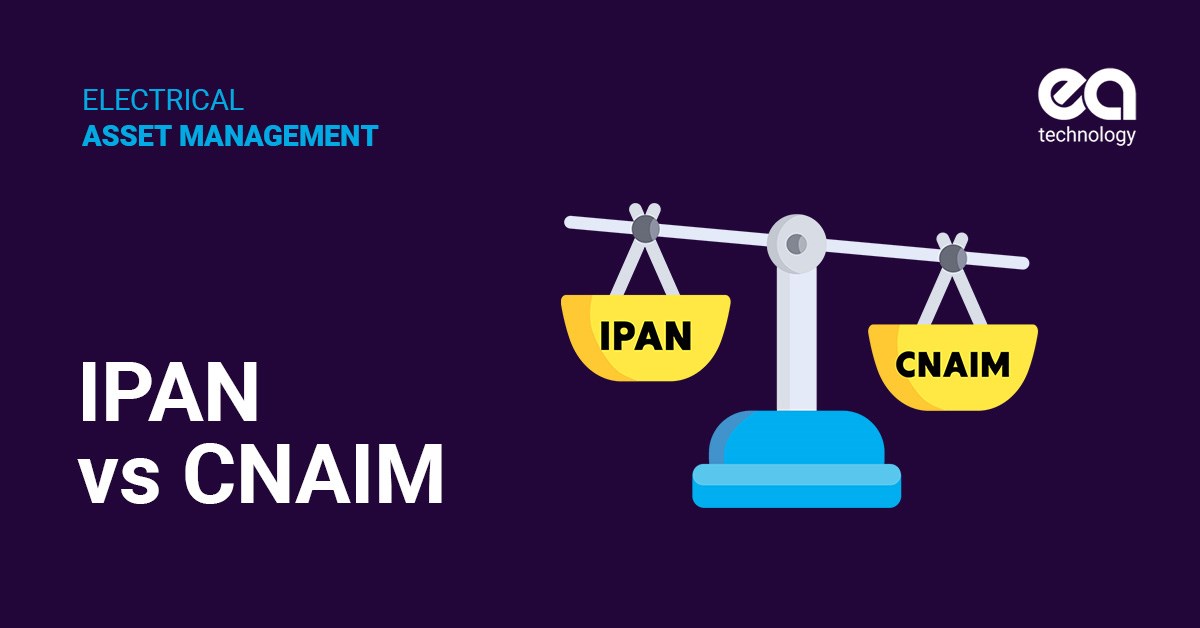IPAN vs CNAIM
-
13 March 2023
-
EA Technology

The electricity supply and distribution industry worldwide is highly regulated. Electricity is the backbone of the economy, and growing in importance as the transition to lower carbon energy continues...
Electrical utilities are part of the fundamental infrastructure required by modern societies and are effective monopolies, when it comes to poles, wires and substations. It is imperative that these critical assets are installed, maintained and operated safely and efficiently. Various regulatory frameworks have been adopted around the world to ensure prudent capital and operating expenditures and enforce appropriate revenue caps on market participants. Many of the electrical assets we rely on for our power supply were installed in the 50’s, 60’s and 70’s and are approaching the end of their service lives. Many network operators are increasingly spending more or most of their annual CAPEX and OPEX budgets on repair, maintenance and refurbishment, rather than network augmentation. Regulators are becoming increasingly interested in understanding expenditures relating to ageing assets and have issued guidance and rules around reporting and regulatory submission preparation. In Australia, this takes the form of the Industry Practice Application Note for Asset Replacement Planning and in the UK, the Common Network Asset Indices Methodology is mandated.
So, what are these frameworks, how do they differ and what are their similarities?
The IPAN was published by the Australian Energy Regulator on 25 January 2019 after a period of industry consultation. It outlines a set of guidelines which must be met and/or applied to asset replacement planning capital expenditure justification. It does not prescribe a particular methodology, rather it outlines the steps that must be taken and the obligations on the network service providers to justify their choice of modelling methodology. CNAIM on the other hand is a prescriptive methodology which details every step of the process required to produce the results required by the regulator. CNAIM is based on principles developed in Condition Based Risk Management. It defines how to determine an Asset Health Index for each asset being modelled, what data should be included in each step of the process, how each data point should influence the resultant AHI, how AHI links to probability of failure, how AHI can be predicted in future years based on the current AHI and what the minimum and maximum limits should be for current and future AHI. CNAIM also outlines how to determine consequences of failure for each asset, how data should influence the consequences of failure, what the reference cost of a failure should be and how to classify the criticality of a failure.
The CNAIM is consistent with many of the principles and recommendations in the IPAN. CNAIM is a regulatory reporting and benchmarking tool and is not required to be used for individual asset replacement or refurbishment justification. The IPAN guidelines are applicable to justification of both individual asset replacements and programs of works. The IPAN goes much further than AHI, PoF and monetised risk. It outlines a range of planning guidelines and principles that should be considered when justifying replacement expenditure, but that’s a topic for another time.
Further read: IPAN – Asset Health and Risk

Get in touch
Thank you for your interest in EA Technology. You can request information or a free callback by clicking the link below. One of our experts will be in touch with you shortly.